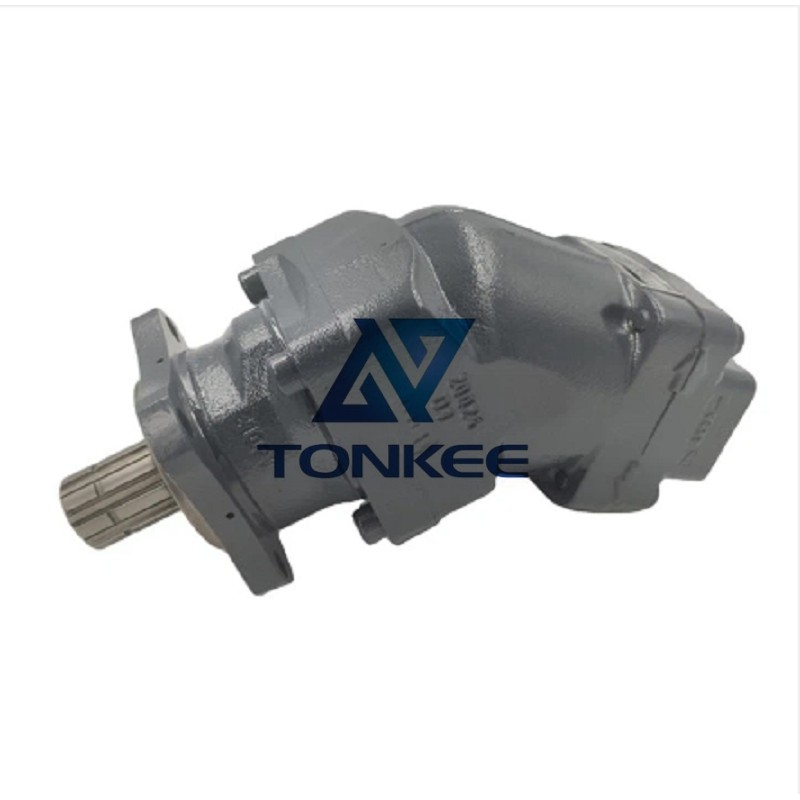
Hydraulic pumps are mechanical devices that are used to generate flow and pressure in hydraulic systems.
These systems rely on the force exerted by a fluid, typically an incompressible liquid, to transmit power and control the movement of various components. Hydraulic pumps play a crucial role in a wide range of applications, including industrial machinery, construction equipment, and automotive systems.
There are several types of hydraulic pumps, each with its own unique operating principles and specifications. One commonly used type is the gear pump. Gear pumps consist of two meshing gears that rotate within a casing. As the gears turn, they create a vacuum that draws fluid into the pump and then forces it out under pressure. Gear pumps are known for their simplicity, compactness, and reliability.
Another type of hydraulic pump is the piston pump. Piston pumps use reciprocating pistons to displace the fluid and generate pressure. They can be further classified into axial piston pumps, radial piston pumps, and bent axis pumps, depending on the orientation of the pistons. Piston pumps are known for their high efficiency and ability to generate high pressures, making them suitable for heavy-duty applications.
Vane pumps are another common type of hydraulic pump. They consist of vanes that are mounted on a rotor and slide in and out of slots in the pump casing. As the rotor rotates, the vanes trap and move the fluid, creating pressure. Vane pumps are valued for their smooth operation, low noise levels, and good self-priming capabilities.
The specifications of a hydraulic pump are critical for determining its performance and suitability for a specific application.
Some important specifications include flow rate, pressure rating, and power requirements. The flow rate, measured in liters per minute or gallons per minute, indicates how much fluid the pump can deliver. The pressure rating, measured in pounds per square inch (psi) or bar, represents the maximum pressure that the pump can generate. Power requirements specify the input power, typically in horsepower or kilowatts, necessary to drive the pump.
Other factors to consider when selecting a hydraulic pump include the viscosity of the fluid being pumped, the temperature range in which the pump will operate, and the overall efficiency of the pump. It is also important to consider the physical dimensions and mounting requirements to ensure proper installation within the hydraulic system.


















